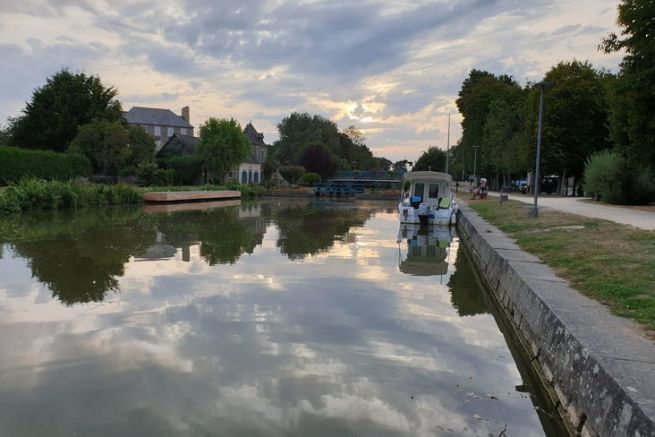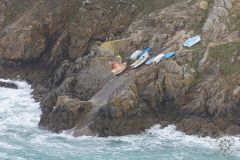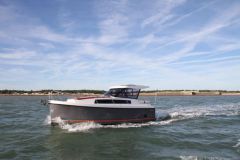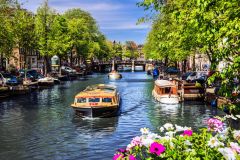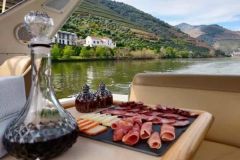Straddling the Ille-et-Vilaine ( which serves 16 municipalities ) and the Côtes d'Armor ( 12 municipalities ), the Ille et Rance canal starts in Rennes and flows into the sea, via a maritime reach, between Dinard and Saint Malo, at the level of the tidal factory on the Rance.

Along its 85 kilometers length, its waters pass from the salinity of the English Channel to the softness of its numerous tributaries, before joining the hectic life of Rennes.
The canal was completed in 1832, after 28 years of work. Its last reach, which merges with the historical bed of the Rance, from the Chatelier lock to the Dinard lock, was put in place in 1961, with the inauguration of the dam on the Rance.
The canal is maintained at level by 8 channels that carry water from 5 reservoirs, including the pond of Boulet in Feins.
Four sections, four atmospheres
The canal is divided into four main sections, which are quite distinct from each other.
From Dinard / Saint Malo to the lock of Chatelier, the maritime domain of the river Rance opens on a navigation practice close to the one we know in the bay of Saint-Malo . Many shoals (especially in front of Saint-Suliac) and quality equipment. Maritime domain means that the SNSM intervenes, if necessary, on this reach. Maritime regulations (coastal shipping) apply in this area, including speed limits. Beware, speed controls and fines are common, to protect the many people practicing on and under the water of the Rance.
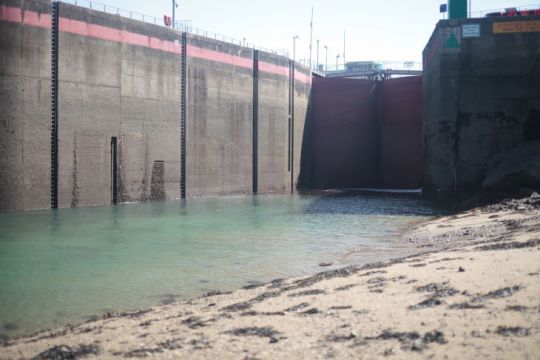
The navigation channels are visible and must be respected, as the presence of the famous dam has a tendency to silt up the river in its bends, especially after the Mordreuc hold.
The port of Plouer-Sur-Rance offers 240 locations more 10 for the visitors . All have water and electricity.
Further upstream, in the area of the Rance that is drying up ( soft bottom ), La moinerie offers a haven of peace and rest. Please note that there are no services or shops nearby.

Between the Mordreuc slipway and the Chatelier lock, it is recommended to follow the beacons and to watch carefully the water levels. The area is subject to massive silting and it is frequent that boats, including shallow draft boats, run aground.
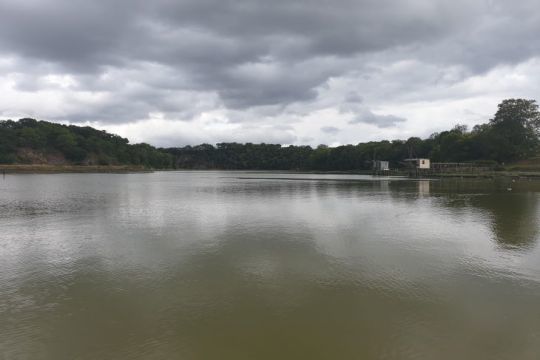
The second section of the canal starts after the Chatelier lock, up to the Dinan bridge, the first shallow draft of the canal.
A few hundred meters after the lock, the regulation becomes fluvial, at the level of the slipway of Taden. The area is particularly active. We will meet bathers, kayakers, boaters and fishermen.
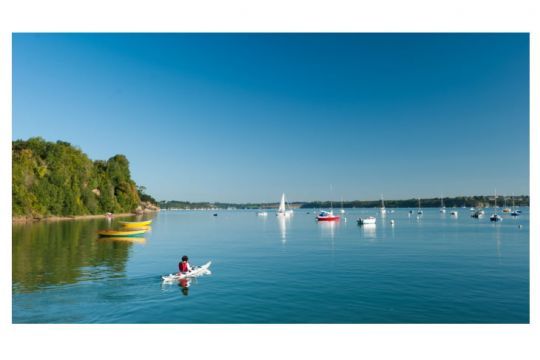
The old bridge of Dinan offers an air draft of 2.50 meters.
Of course, you should not miss to stop in Dinan and visit, after having gone up the Jerzual, the old city and the castle of Dinan, which offers an impressive point of view on the valley of the Rance.
Let's go back to Evran, after having passed a dozen peaceful locks with friendly lock keepers, all of them with excellent advice!
The next ascent of the canal reserves a big surprise: the 11 locks of Hédé. Over a little less than 3 kilometers, at a rate of one lock every 200 meters, no less than 27 meters of difference in level are compensated by this structure that will take a good day to cross. All these locks are manual and operated by lockkeepers.
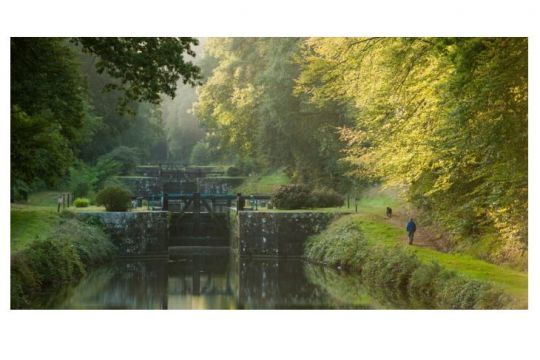
The route, which continues to Montreuil-sur-Ille, passes through totally deserted spaces where it is good to stop, in the shade of the trees, for a river lunch.
The last 30 kilometers are a gradual transition from the gentle countryside to the urban fury. Melesse and then Rennes are worth a stop, to feel the striking contrast between the peaceful canal and the numerous office buildings of the Breton capital. It is at the Mail lock, at the entrance of Rennes, that the canal ends. It joins, then, the bed of the Vilaine.
Few ports but good services
If few ports are present along the canal, all of them make efforts to welcome in good conditions the boaters and offer them the services that will make their stay memorable. The Breton gastronomy is always in the spotlight, from the fishing products in Mordreuc to the traditional Kouign-Amann in Dinan.
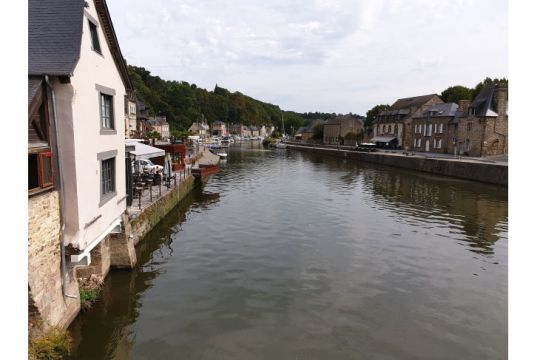
One of the main ports of the freshwater zone of the canal, in Dinan, offers all the amenities. Sanitary facilities, showers, washing machines, etc. are available by crossing the road. The pontoons (on the catway or on the bank) are all equipped with water and electricity. The stopover of a few hours is free, provided that you do not use these resources.
The guide's advice
Having the pleasure of sailing locally and knowing the area well, I will be your guide for this time.
The first advice to give is to go and print the water level graph provided by EDF. They provide, at the tide gauge of Saint-Suliac, the forecasted levels. These are only forecasts. The sounder and the depth indication ( with a reasonable pilot's foot ) remain your best allies during a navigation in Rance.
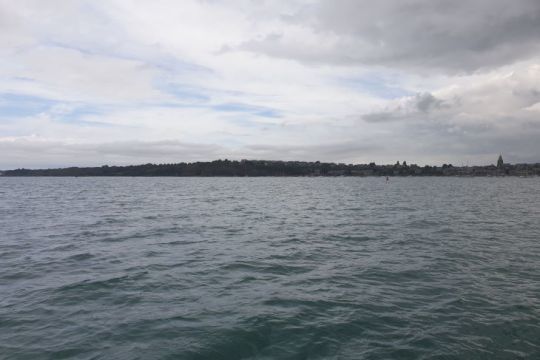
The sassement times of the Chatelier lock depend on the water level on the Rance. Roughly speaking, you need at least four meters at the lock threshold to pass to Lyvet. Here again, it is necessary to call the lock keepers ( 02 96 39 55 66 ) to make sure of the opening hours and, in the low season, to announce themselves as swallowing.
There is no shortage of slipways along the canal. A dozen or so are available in the maritime zone ( before the Chatelier ), and only 5 in the river area. All of them, without exception, are accessible to cars without any particular maneuver.
It is not necessary to notify lock keepers of the planned route, although this information allows for notification of subsequent locks and provides a smoother ride for all users.
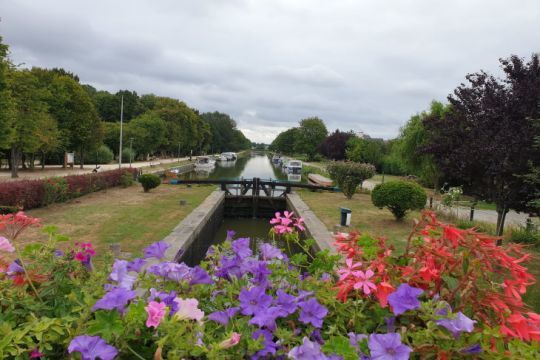
The banks and the nautical halts all along the canal are maintained by the communes. Most of them provide ( like in Evran for example ) free of charge with water and electricity. In return, they expect boaters to respect the premises ( by bringing in their waste for example ) and participate in local economic life ( bakery, butcher ).
Local tips and tricks
Both urban and touristic, the Ille et Rance canal has not been used as a transportation route for goods for a long time. Numerous services and places of tourism have developed on the banks, some of them quite surprising.
For a haircut, you can make an appointment with the hairdresser of the lock of the mail, in Rennes.
In Hédé, to understand the history of the canal, the functioning of a lock and to discover the local heritage, the house of the Canal can be visited and offers a very well equipped picnic area.
Every year, on the first Sunday of August, the " See you Sunday at the canal ". During this day, all the communes crossed by the canal propose animations and restoration to the users of the canal and the inhabitants. The promotion of this heritage is an opportunity to discover little-known aspects of this navigation artery, some lock houses are open and offer to discover the present and past work of their inhabitants.
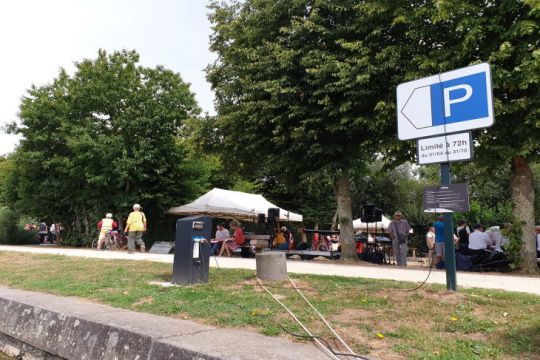
After Dinan, you must absolutely let yourself be rocked by the cliffs on the right (downstream) which contrast with the forest on the other bank, then let yourself be charmed by Léhon and its abbey. It is possible to anchor, free of charge, after the bridge, on the left bank.
Note that the anchorages opposite are private and their owners are very reluctant to let others use these sites that they pay for and maintain.
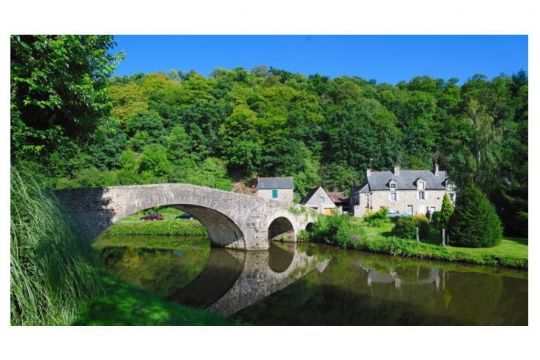
The mooring, in Lehon, is done on the four available concrete bollards.
Continuing the road, it is in Le Quiou, a few kilometers before Evran, that we must stop. This charming village has a few surprises in store for you, including the ruins of a church that you absolutely must visit.
In Evran, the restaurant not to be missed is undoubtedly " The old black dog ". It offers a French-British restaurant with maritime and Breton accents. Everything is served in generous portions and in a pub atmosphere.
It is also in Evran that fuel can be found most easily, a few hundred meters from the canal bank. Another refueling point is available in Montreuil-sur-Ille.
The Ille et Rance canal does not present any navigation difficulties. The crossing of the locks is always done in company of the agents of the department, under their advice and their control.
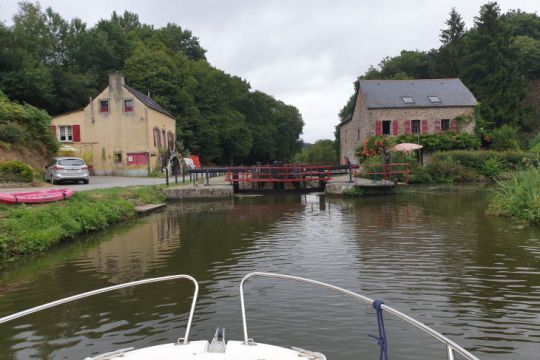
Nevertheless, one must be careful with the current which can attract the lightest boats towards the dams on the canal. In case of difficulty, it will be enough to beat back or, at worst, to anchor to return against the current.
Last precaution, all along the river course, the flagrant silting of the Rance. It requires a particular attention and a navigation at reduced speed, to limit the impacts of a possible grounding. The wisest precaution is to follow the beacons.
The Ille et Rance Canal in brief
- Length 85 kilometers
- Locks: yes, 48
- Speed limit: 8 kilometers per hour
- Border crossing : No
- Vignette / navigation tax : No
- Managing institution: State for the maritime part, Region then Department
- Renters : Le Boat (Dinan) - Locaboat (Melesse)
- Departments : Ille et Vilaine and Côtes d'Armor
- Minimum air draft : 2.50
- Minimum draft : 1.50
- Period of unemployment: mid-October to mid-April

 /
/ 